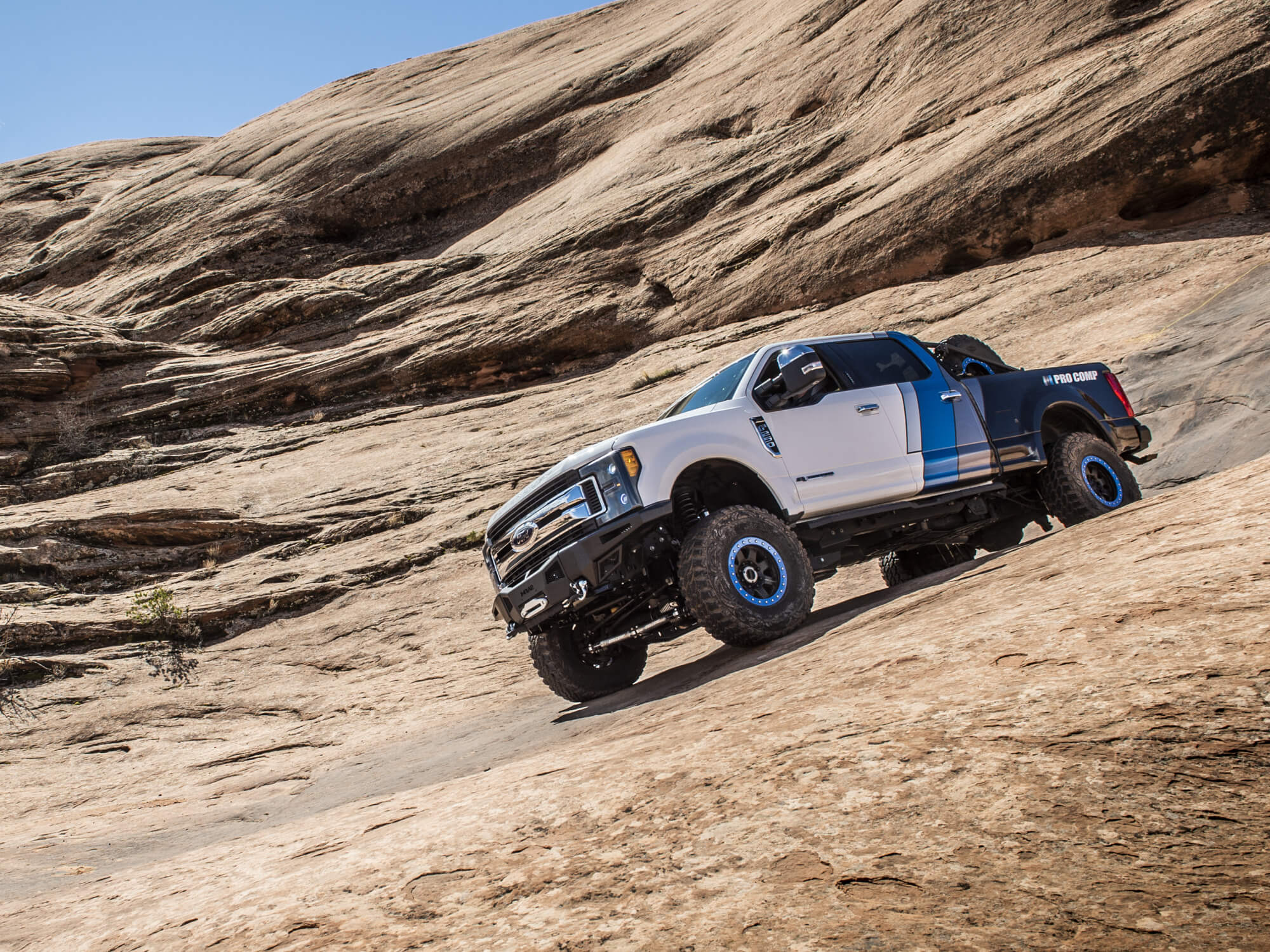
Top Ten Things To Remember When Lifting Your Ride
Even those who never touch the dirt want to throw a lift on their ride. While it might seem like a waste, we can’t blame them. Almost any vehicle out there looks better with beefier tires on it and a bit of lift. Or in some cases, a lot of lift. A mall crawler’s main focus might just be good looks, but this article applies to them as well.
With the cost of a new suspension system, swankier wheels and gnarlier tires, it is easy to limit resources to these upgrades. After all, they will have the biggest impact on your wallet. But there is a lot more you need to pay attention to than just the big-ticket items when it comes to lifting your vehicle. There are a lot of smaller details that, if forgotten, can make your truck, Jeep, and SUV range from underperforming to downright dangerous. Some aren’t included with a new suspension system, but they aren’t optional. Let’s take a look at the top ten most forgotten about items when properly lifting a vehicle.
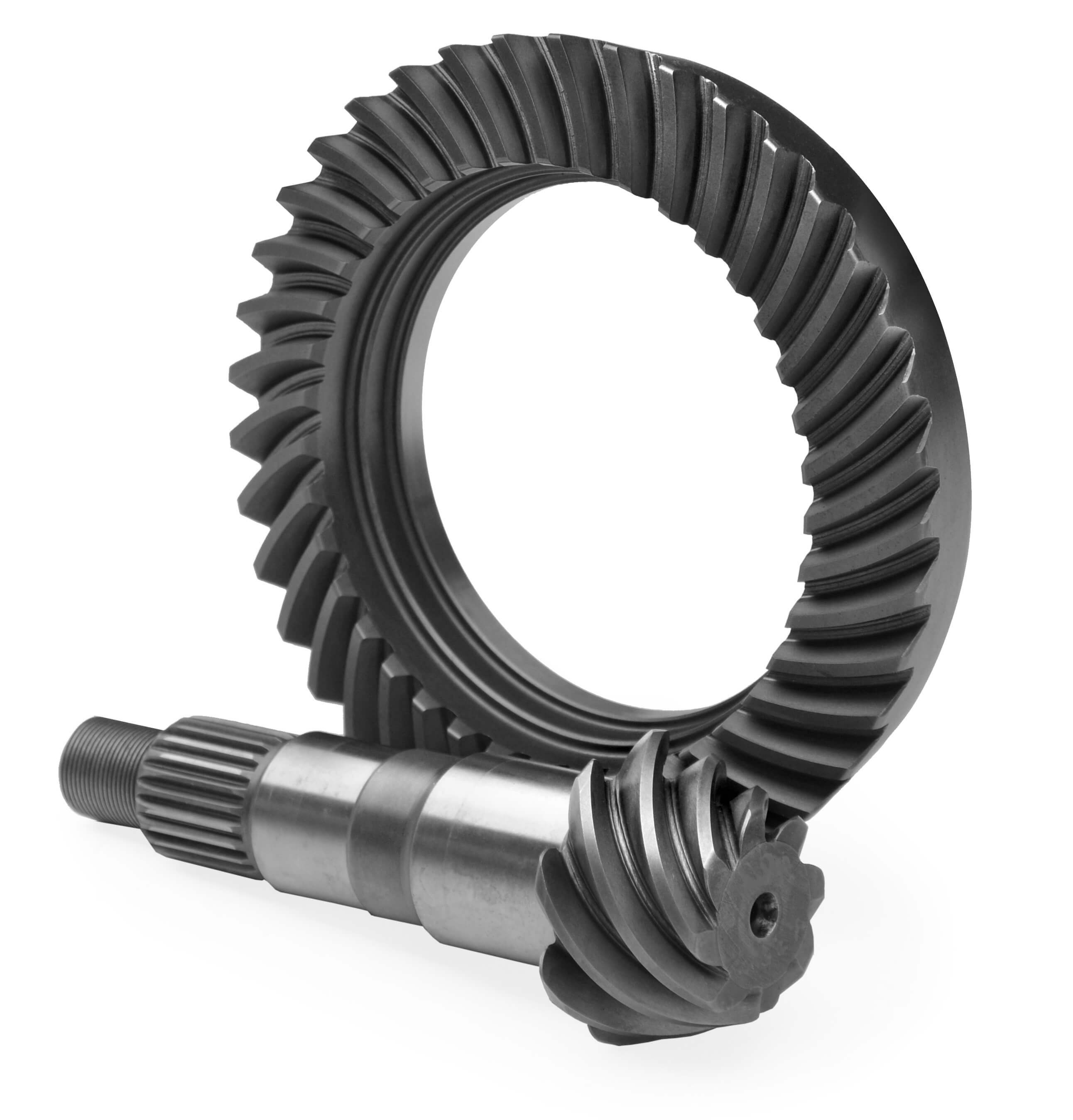
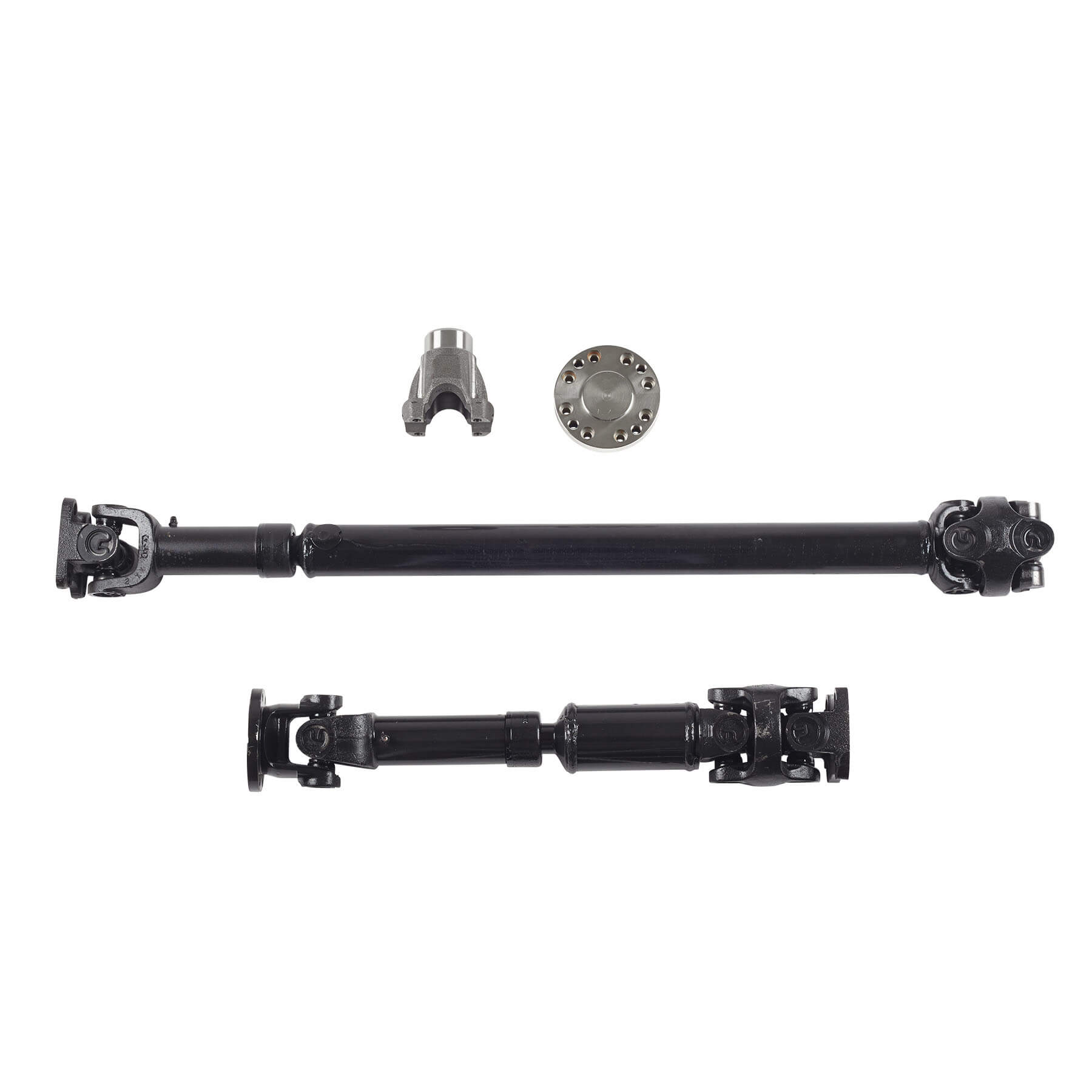
Driveshafts are often overlooked, but can be needed when lifting a vehicle. This generally comes into play with larger lifts bigger than six inches. However, some vehicles like Jeep the JK will need new driveshafts if lifted more than three inches. If new shafts are needed, take the opportunity to swap in some stronger units like these from Rubicon Express. Front driveshafts are often forgotten about, but need to be the correct length as well.
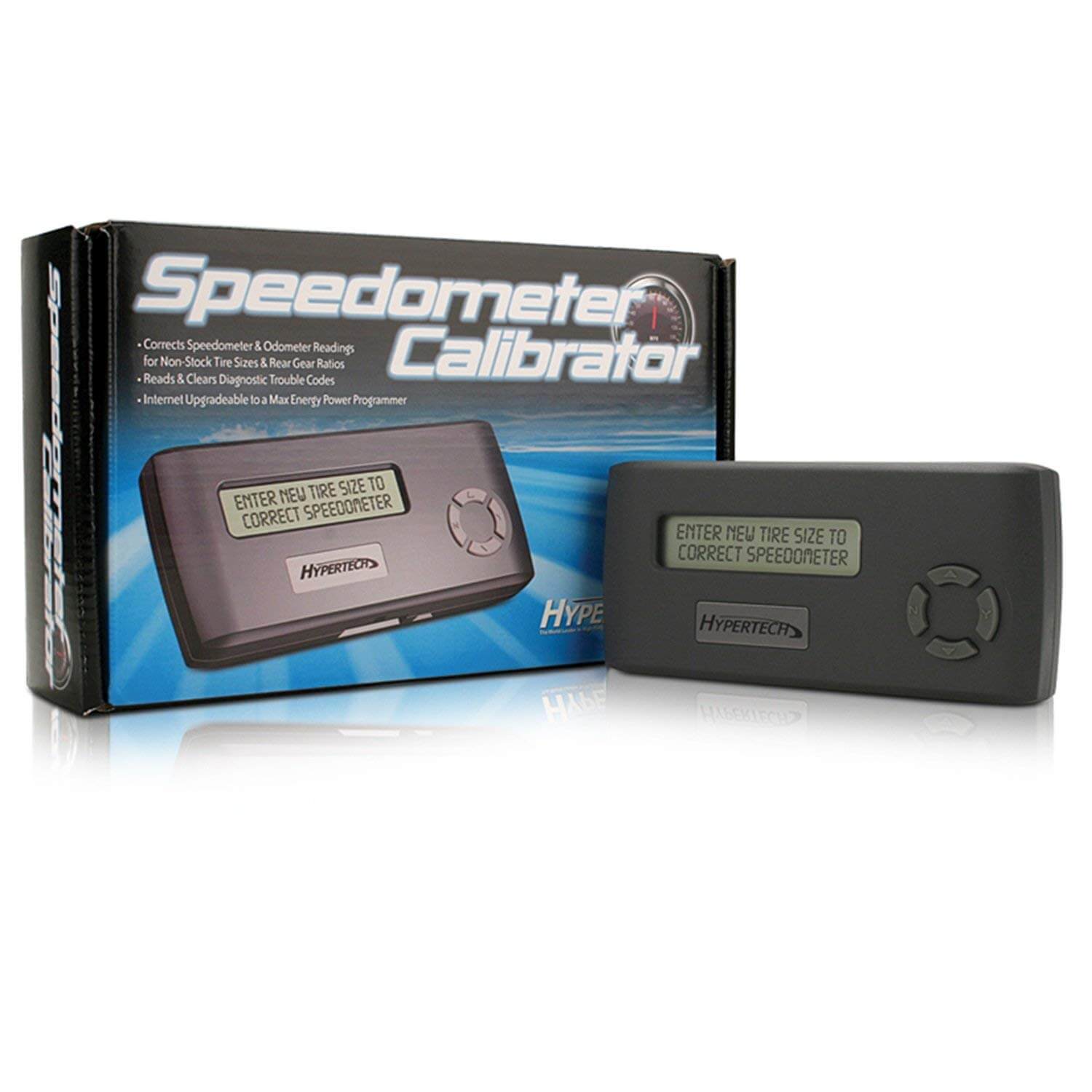
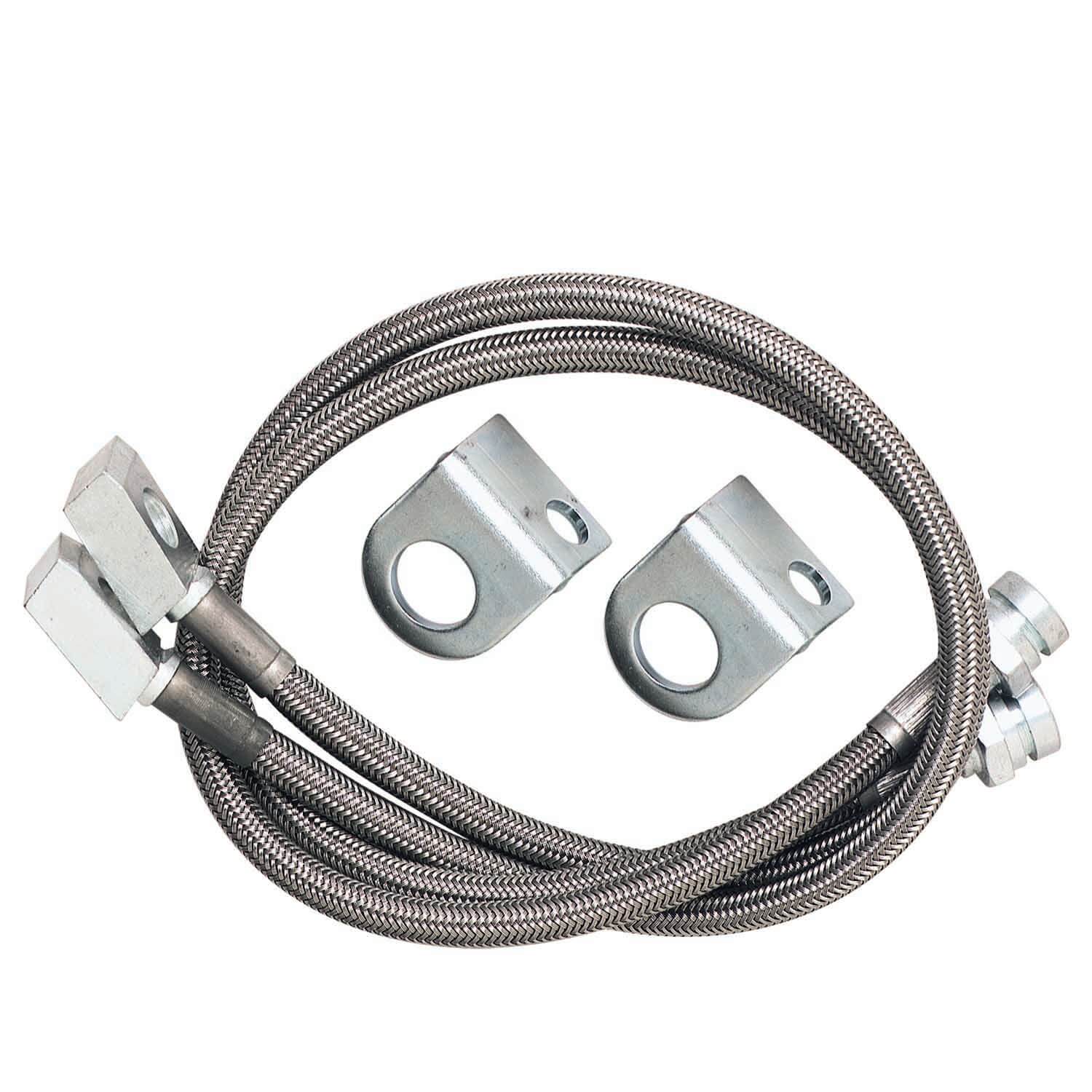
It depends upon the vehicle, but often if you are going up more than a couple of inches, you need extended brake lines or possibly to reroute your existing lines. This is not optional or a place to cut some costs. Snapping a brake line while on the trail or the highway can lead to serious injury, for you and others. Make sure to check if you need them before discovering that you did the hard way.
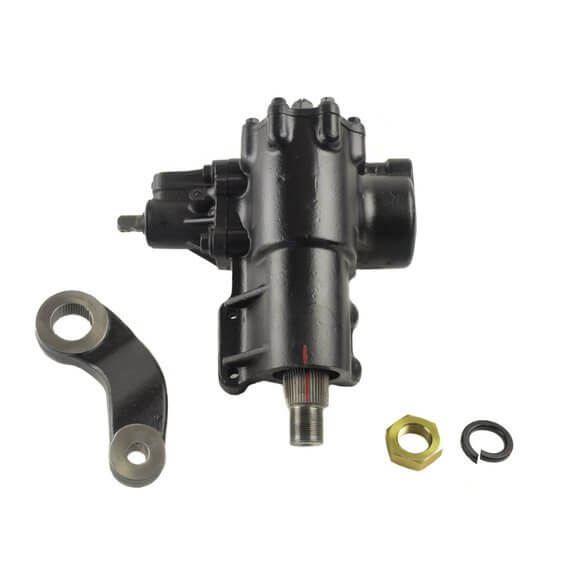
Really big tires can completely overwhelm your factory power steering system. This can become even more of an issue at very slow trail speeds, where tires are harder to turn. PSC Motorsports makes this Big Bore steering box for the Jeep JK that uses a larger piston to help turn bigger tires. Its bigger sector shaft also holds up to abuse. Ram assists are also available to help turn really big tires. Expect to need a ram assist for any tire over 37-inches on a Jeep JK.
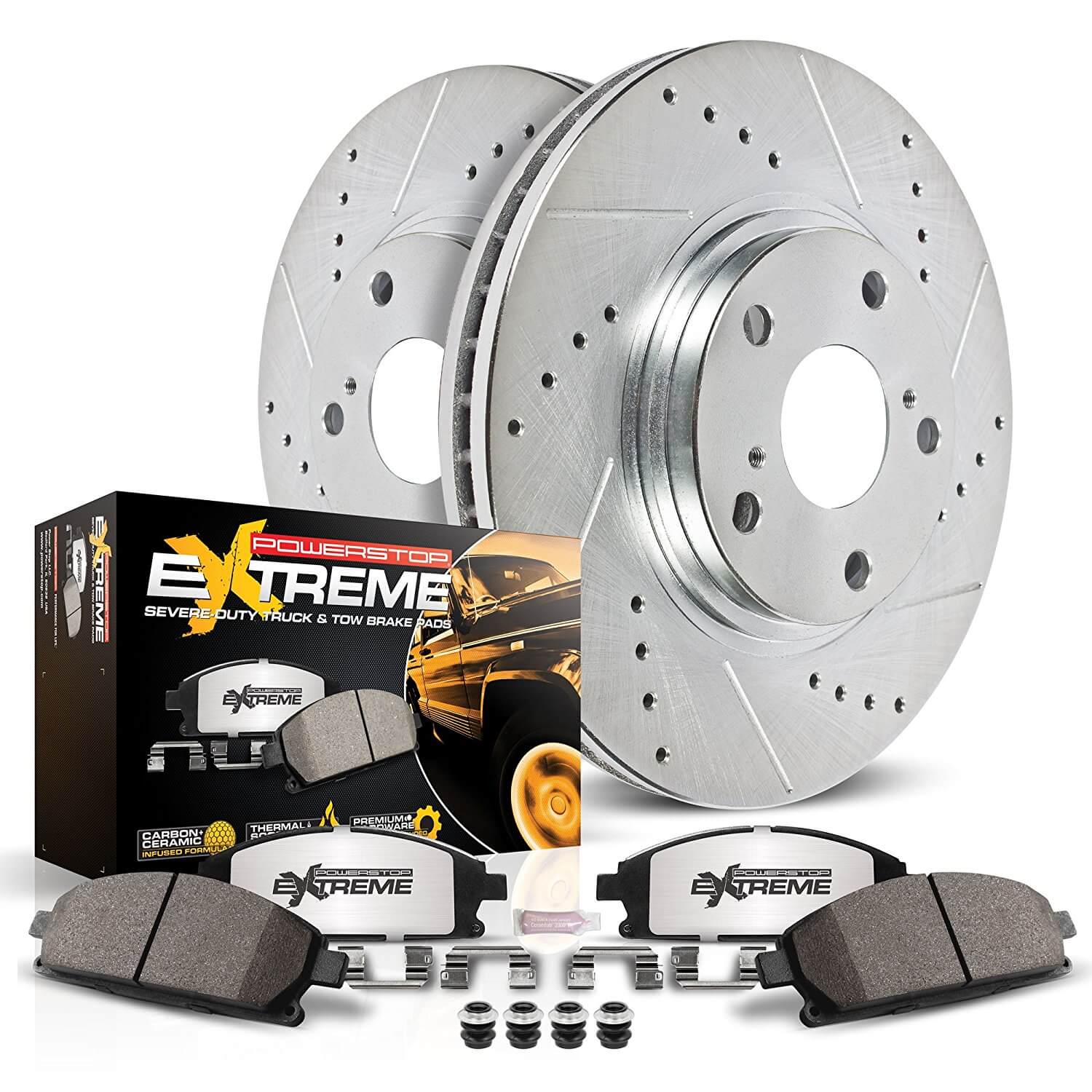

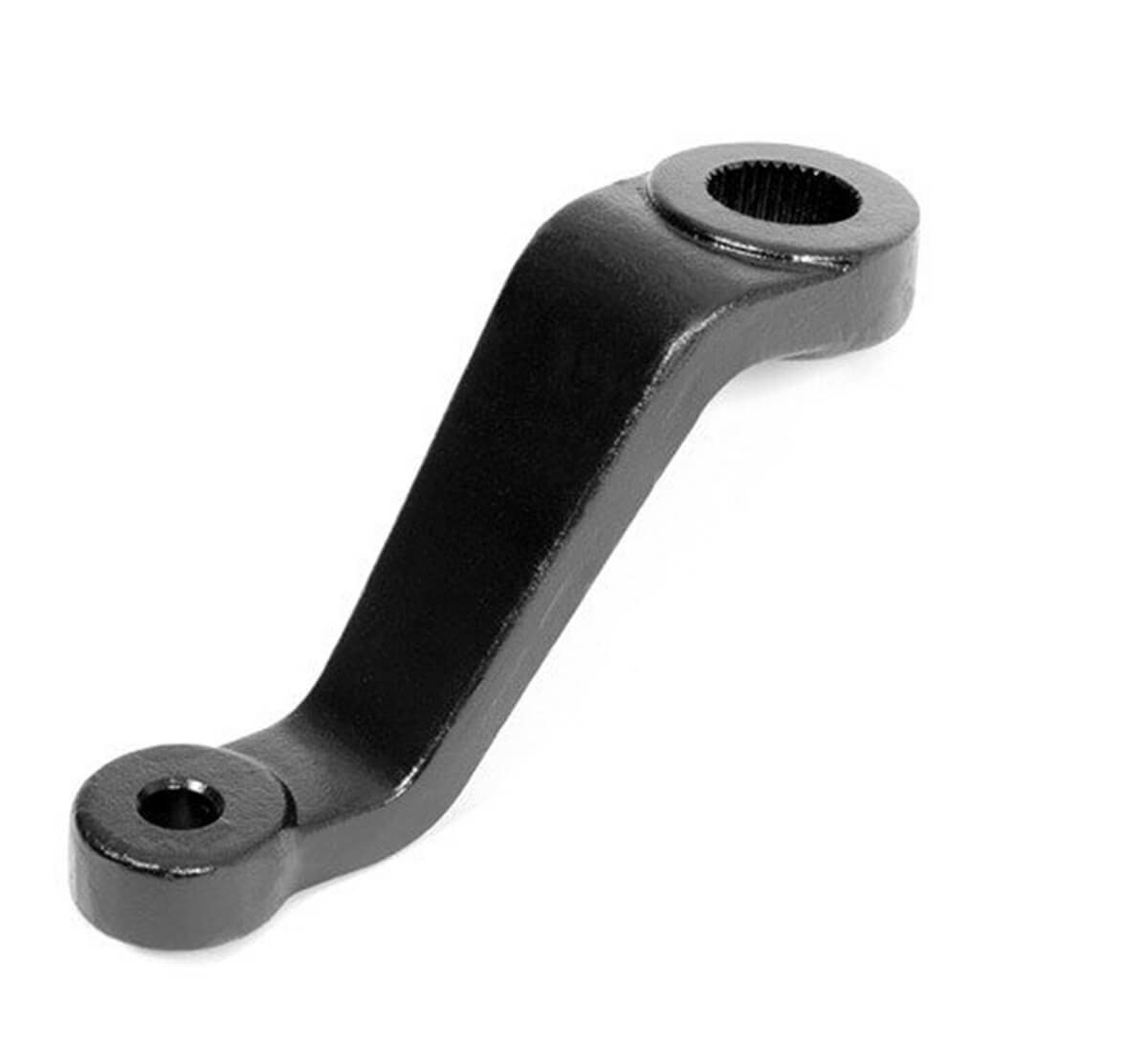
Steering is a crucial area when lifting a vehicle. If you’re swapping on a set of coilovers or going up a couple of inches, usually there is nothing needed. But go up more and you may need a dropped Pitman arm. Do not cheap out here. Trying to make your steering work at poor angles will lead to poor steering characteristics and handling. The steering linkage can break or bind in some instances. Neither is a good thing.
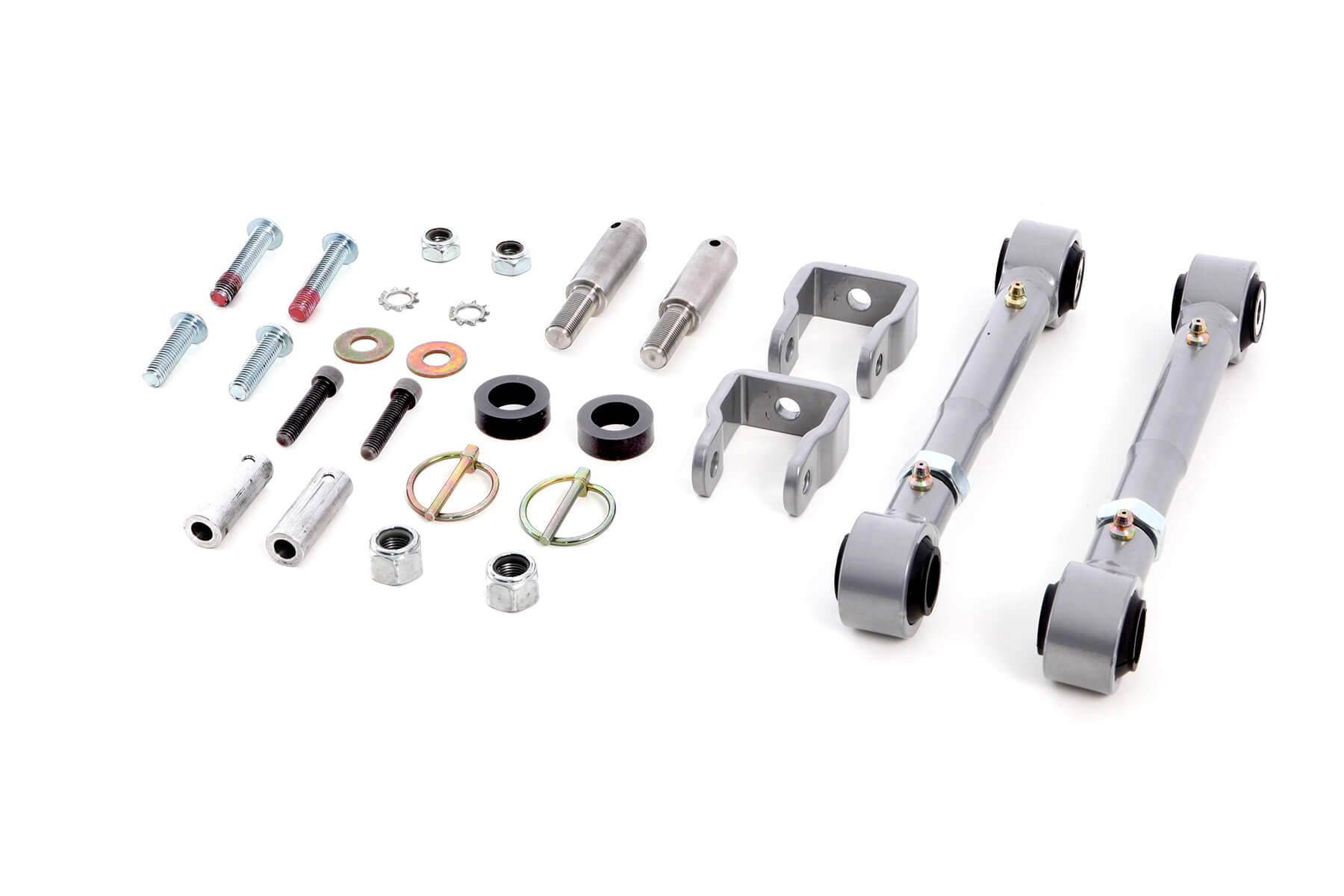
Keeping your front and rear swaybars (if you have one) connected is important for proper handling on the highway. Some suspension kits will come with extended sway bar links, while on others they are an option. On Jeeps swaybar disconnects will yield a lot more flex off road.
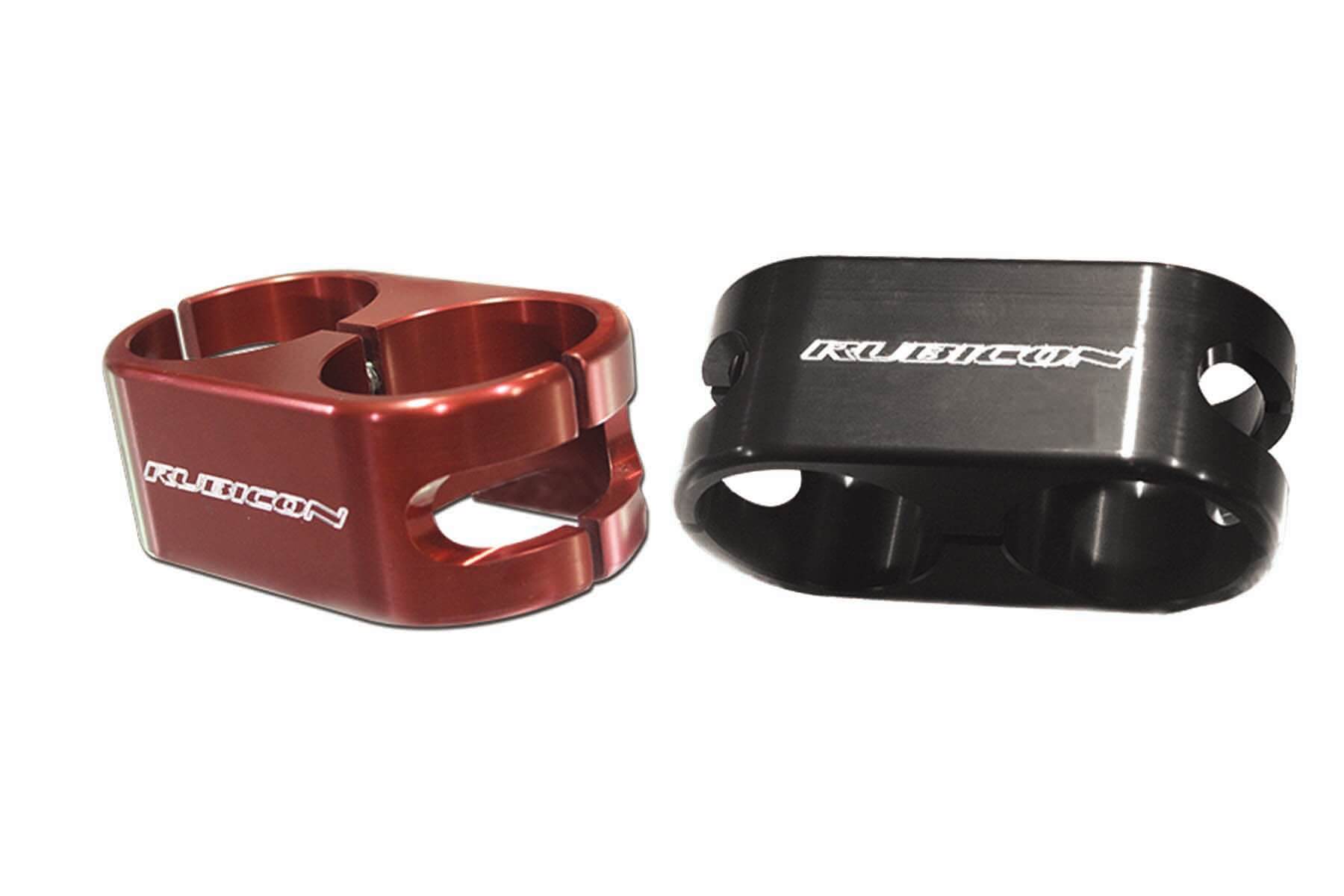



2